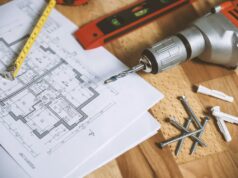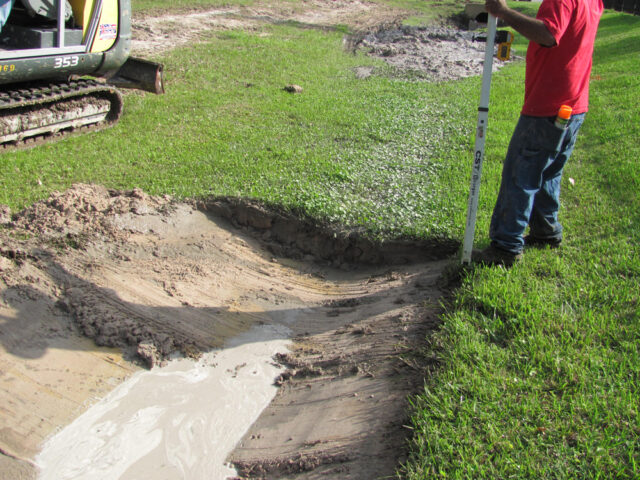
A well-designed landscape is not just about aesthetic appeal, but also about functionality. One important aspect of landscape design that often goes overlooked is proper drainage. Poor drainage can cause a host of problems, including soil erosion, standing water, and plant damage. Excavation and drainage are essential techniques for managing water flow in a landscape, ensuring that the water is directed away from buildings and plantings and towards appropriate areas.
Understanding Excavation and Drainage
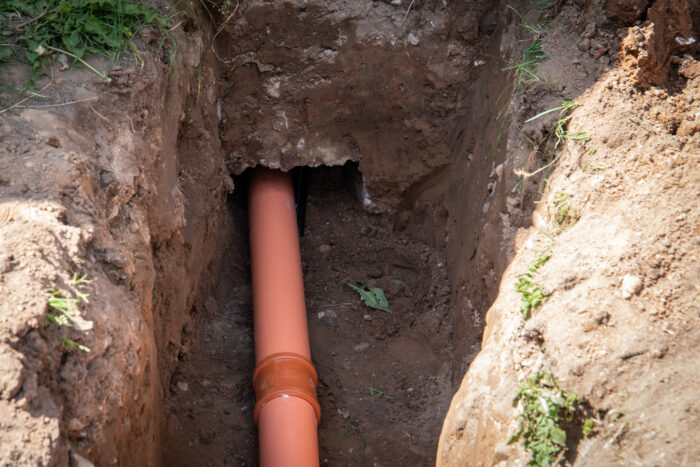
Excavation involves digging into the ground to create a path for water flow. The excavation process involves the use of heavy types of machinery, such as backhoes and bulldozers, to dig trenches and create slopes that allow wetness to flow downhill. Drainage, on the other hand, involves the installation of a system that collects and redirects it. This can include systems like French drains, catch basins, and swales. Once the excavation process is complete, Gold Coast Excavation can then install a system that collects and redirects H2O, such as French drains, catch basins, and swales.
The Benefits of Proper Excavation and Drainage
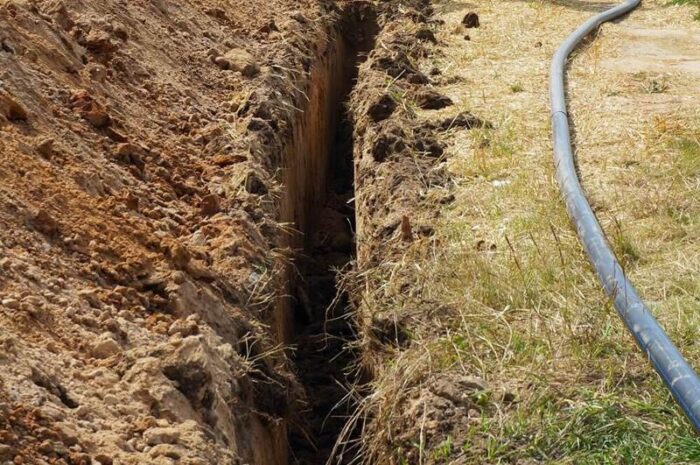
There are numerous benefits to proper excavation and drainage in a landscape. For one, it can prevent soil erosion, which can cause damage to plantings and even compromise the structural integrity of buildings. Proper drainage also helps to prevent standing wetness, which can become a breeding ground for insects like mosquitoes and can also damage plant roots. Additionally, proper drainage helps to control H2O flow, directing it to areas where it can be utilized for irrigation or groundwater recharge.
Prevention of standing water
Prevention of standing water is crucial for maintaining a healthy landscape. Standing water can become a breeding ground for insects, cause plant roots to rot, and lead to soil erosion. Excavation and drainage techniques can be used to redirect dampness flow away from areas where standing water may occur. Proper planning and implementation of drainage systems like French drains, catch basins, and swales can help to prevent standing water from accumulating in the landscape. Regular maintenance and timely repairs are also essential to ensure that the system is functioning correctly and to prevent any potential standing moisture issues. By preventing standing water, a landscape can remain healthy and functional.
Prevention of soil erosion
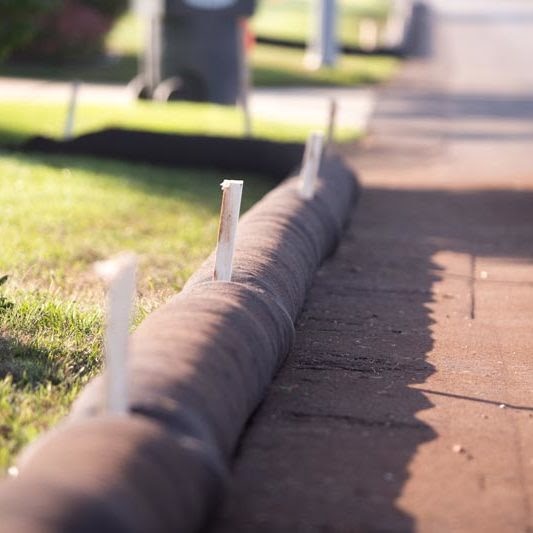
Prevention of soil erosion is essential for maintaining a healthy and functional landscape. Soil erosion can occur due to poor water management, which can damage plant roots and compromise the structural integrity of buildings. Excavation and drainage techniques can be used to redirect water flow and prevent soil erosion. Proper planning and implementation of these techniques, including the use of retaining walls, terracing, and erosion control blankets, can help prevent soil erosion in a landscape. Regular maintenance and timely repairs are also essential to ensure that the system is functioning correctly and to prevent any potential soil erosion issues. By preventing soil erosion, a landscape can remain healthy and visually appealing for years to come.
Control of water flow
Control of water flow is a crucial aspect of managing a landscape effectively. Poor control can lead to issues like soil erosion, standing water, and damage to plants and buildings. To control water flow, various techniques can be used, including excavation and drainage. Excavation involves digging into the ground to create a path for water to flow, while drainage involves the installation of systems to collect and redirect water. The use of these techniques helps to direct water away from buildings and plantings, and towards areas where it can be utilized for irrigation or groundwater recharge. Proper control is essential for maintaining a healthy and functional landscape.
Planning for Proper Excavation and Drainage
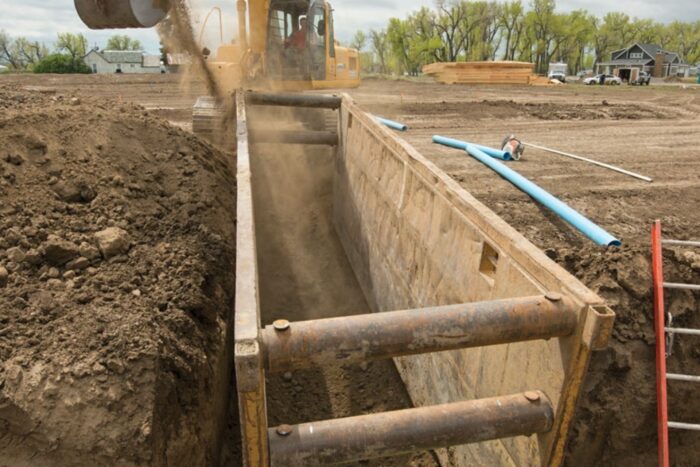
Before beginning any excavation or drainage project, it’s important to carefully plan out the project to ensure that it will be effective. This involves assessing the landscape and identifying areas where water flow may be problematic, such as areas with heavy runoff or where H2O tends to pool. It’s also important to consider factors like soil type, existing drainage systems, and the desired outcome of the project.
Implementing Excavation and Drainage Techniques
Once the planning process is complete, the excavation and drainage techniques can be implemented. This typically involves the use of heavy machinery to dig trenches or create slopes, followed by the installation of a drainage system. The specific techniques used will depend on the landscape and the desired outcome of the project. For example, a French drain may be used in areas with heavy runoff, while a swale may be more appropriate when it comes to pools.
Maintenance and Monitoring
Proper maintenance and monitoring of the excavation and drainage system is essential to ensure that it continues to function properly. This involves regular inspections to ensure that the system is free of blockages and functioning as intended. It’s also important to make any necessary repairs as soon as possible to prevent further damage.
Timely repairs
Timely repairs are crucial in maintaining an effective excavation and drainage system in a landscape. Neglecting to address issues promptly can lead to further damage and costly repairs down the line. Regular inspections are necessary to identify any potential issues with the system, such as blockages or damage. Once identified, repairs should be made as soon as possible to prevent further damage to the system and surrounding landscape. Delaying repairs can lead to more significant problems, such as flooding, soil erosion, and damage to plants and buildings. Proper maintenance and timely repairs not only prevent costly repairs, but also ensure that the landscape remains healthy and functional. It is essential to stay on top of repairs to prevent any further damage and maintain an effective excavation and drainage system in the landscape.
Prevention of blockages
Prevention of blockages is critical for maintaining an effective excavation and drainage system in a landscape. Blockages can prevent water from flowing properly, leading to flooding, standing water, and damage to plants and buildings. To prevent blockages, regular inspections of the system should be conducted to identify any potential issues, such as debris buildup or plant roots obstructing the flow of water. Proper maintenance, such as removing debris and trimming plant roots, can help prevent blockages from occurring. It is also essential to properly dispose of any waste or debris to prevent it from accumulating in the system. By preventing blockages, the excavation and drainage system can function properly, directing it away from buildings and plantings and towards appropriate areas.
Conclusion
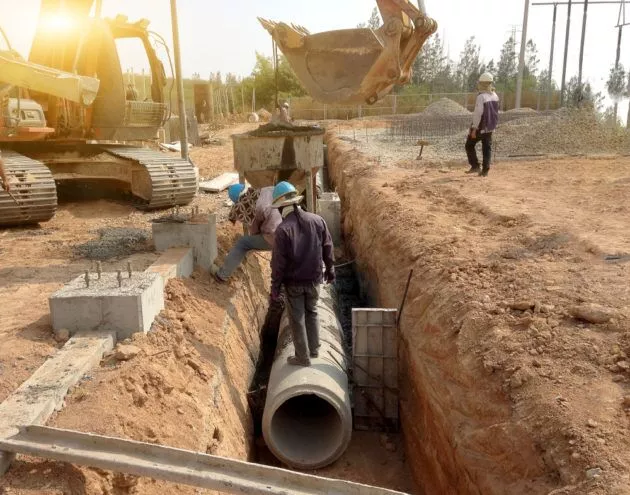
In conclusion, proper excavation and drainage are essential for managing water flow in a landscape. These techniques help to prevent soil erosion, standing water, and other issues that can cause damage to plantings and buildings. By carefully planning and implementing excavation and drainage techniques, and regularly maintaining and monitoring the system, it’s possible to create a healthy and functional landscape that can be enjoyed for years to come.





